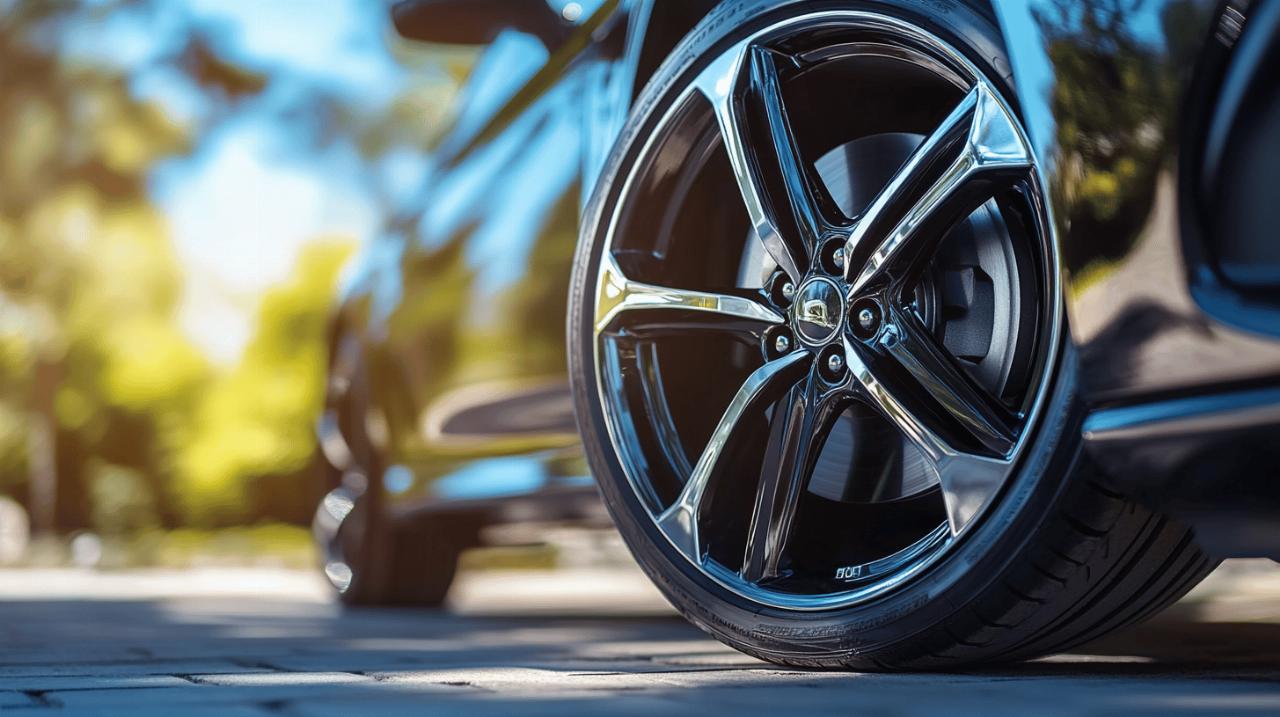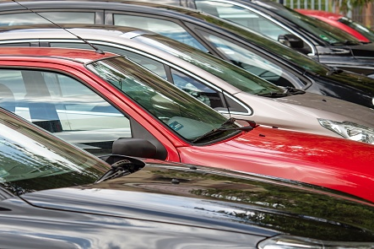
Taking care of alloy wheels is an essential aspect of vehicle maintenance that many car owners often overlook. When properly maintained, these lightweight, stylish additions not only enhance your vehicle’s appearance but also contribute to better performance and fuel efficiency. Let’s explore some vital maintenance tips that will keep your alloy wheels looking pristine for years to come.
Proper cleaning techniques for alloy wheels
According to Auto Service Gall, regular and proper cleaning is the foundation of alloy wheel maintenance. Aluminium wheels may be lighter and stronger than their steel counterparts, but they require specific care to maintain their lustre and structural integrity. Without proper cleaning, brake dust and road grime can gradually eat into the protective finish, leading to permanent damage.
Best practices for routine wheel cleaning
Effective cleaning begins with the right approach. Start by rinsing the wheels with water to remove loose dirt and debris. Then use a soft-bristled brush to gently scrub away stubborn brake dust and grime that has accumulated in hard-to-reach areas. Always clean one wheel at a time, and avoid letting cleaning solutions dry on the surface, which can lead to spotting and staining. For best results, clean your wheels when they’re cool to the touch, as hot wheels can cause cleaning products to evaporate too quickly, leaving residue behind.
Choosing the Right Cleaning Products for Alloy Protection
Not all cleaning products are suitable for alloy wheels. Harsh chemicals and acidic cleaners can corrode the finish and damage the protective coating. Opt for pH-neutral cleaners specifically formulated for alloy wheels. These specialised products effectively dissolve brake dust and road grime without compromising the integrity of the wheel surface. Always read product labels carefully and follow the manufacturer’s instructions regarding application and rinsing times to achieve optimal results without causing inadvertent damage.
Preventative maintenance measures
Prevention is always better than cure when it comes to alloy wheel maintenance. Implementing a few simple preventative measures can significantly extend the life and appearance of your wheels while reducing the need for costly repairs or refurbishment down the road.
Applying protective sealants and waxes
After thorough cleaning, applying a high-quality wheel sealant or wax creates a protective barrier against environmental contaminants. This protective layer makes future cleaning easier by preventing brake dust and road grime from bonding to the wheel surface. It also offers protection against corrosive substances like road salt and brake fluid. For maximum protection, reapply the sealant every three to four months, or more frequently if you regularly drive in harsh conditions. Many automotive care specialists recommend ceramic coatings for superior, longer-lasting protection compared to traditional waxes.
Drying methods to prevent water spotting
Proper drying is often overlooked but crucial for maintaining spotless alloy wheels. Water spots occur when minerals in tap water remain on the wheel surface after evaporation, leaving unsightly marks that can eventually etch into the finish. Use a microfibre cloth or chamois to thoroughly dry each wheel after washing. For those hard-to-reach areas between spokes, consider using compressed air or a dedicated wheel drying brush. Taking this extra step will ensure your wheels remain free from water spots and maintain their pristine appearance between washes.
Dealing with wheel damage
Despite your best maintenance efforts, alloy wheels may still sustain damage from road hazards, kerbs, or general wear. Addressing damage promptly can prevent minor issues from developing into more serious problems requiring expensive solutions.
Addressing minor scratches and chips promptly
Small scratches and chips in the wheel finish may seem insignificant, but they can serve as entry points for moisture and corrosive substances, leading to more extensive damage over time. For minor scratches, touch-up paint specifically formulated for alloy wheels can provide a temporary barrier. Clean the damaged area thoroughly before application and ensure the repair area remains dry until fully cured. While DIY repairs can be effective for minor damage, they’re typically not as durable as professional repairs and may need periodic reapplication.

When to consider professional refurbishment
When damage extends beyond surface scratches, professional refurbishment becomes necessary. Signs that indicate the need for professional attention include deep gouges, significant curb rash, visible cracks, severe discolouration, or extensive corrosion. Services like East Coast Coatings and WheelWorx in Essex and Suffolk offer specialised refurbishment options including powder coating, diamond cutting, and wheel straightening. Professional refurbishment not only restores the appearance of your wheels but also addresses structural issues that could compromise safety and performance.
Common mistakes to avoid
Avoiding common maintenance mistakes can save you time, money, and frustration. Being aware of practices that damage alloy wheels will help you maintain them properly for years to come.
Harmful cleaning products and tools
Using improper cleaning materials is one of the most common ways enthusiasts unintentionally damage their alloy wheels. Avoid wire brushes, abrasive scouring pads, and harsh household cleaners like bleach or general-purpose degreasers. These can scratch the wheel surface or strip away protective coatings. Similarly, pressure washers should be used with caution, maintaining a safe distance from the wheel surface to prevent forcing water into bearings or damaging the finish. Always opt for wheel-specific cleaning products and soft brushes designed for automotive use.
The Dangers of Road Salt and Brake Dust Build-up
Road salt and brake dust are particularly harmful to alloy wheels. Salt accelerates corrosion, while brake dust contains metal particles that can embed in the wheel finish and cause pitting over time. During winter months when roads are treated with salt, wash your wheels weekly if possible. Year-round, avoid allowing brake dust to accumulate by cleaning wheels regularly. The longer these substances remain on your wheels, the more difficult they become to remove and the more damage they cause to the protective finish.
Seasonal alloy wheel care
Different seasons present unique challenges for alloy wheel maintenance. Adapting your care routine to seasonal conditions will provide optimal protection throughout the year.
Winter protection strategies
Winter poses the greatest threat to alloy wheels due to road salt, slush, and chemical de-icers. Before winter arrives, apply a robust sealant or wax to create a protective barrier. Consider dedicated winter wheels if you live in areas with heavy salting or frequent snowfall. If winter wheels aren’t an option, increase your cleaning frequency during this season, paying special attention to the inner barrel of the wheel where salt and slush can accumulate. After driving on salted roads, rinse your wheels as soon as possible to minimise exposure to corrosive substances.
Summer maintenance requirements
Summer brings its own challenges, including increased brake dust production due to higher temperatures and more frequent driving. The combination of heat and brake dust can bake onto wheel surfaces, making it more difficult to remove without aggressive cleaning. Implement a regular cleaning schedule during summer months, and consider applying a heat-resistant wheel sealant that can withstand higher temperatures. Also, be mindful of cleaning products in direct sunlight, as high temperatures can cause cleaning solutions to dry too quickly and potentially damage the wheel finish.



